It’s not just Egypt. Tunisia’s revolution may have been more peaceful, but news coming from there now suggests that the country’s antiquities have also been “looted.” By the first lady, Leila Ben Ali.
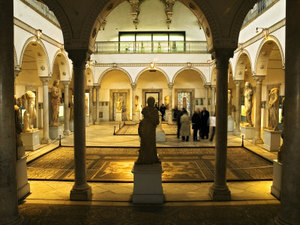 I suppose one shouldn’t be surprised: I visited Tunisia a few years ago, and not only was President Zine el-Abidine Ben Ali’s picture everywhere, but also his home — easily viewed from the train to the love “blue-and-white” village of Sidi Bou Said just outside Tunis — was gigantic. (Sidi Bou Said, btw, was also an artists’ hangout, and among those said to have visited are Paul Klee and August Macke.)
I suppose one shouldn’t be surprised: I visited Tunisia a few years ago, and not only was President Zine el-Abidine Ben Ali’s picture everywhere, but also his home — easily viewed from the train to the love “blue-and-white” village of Sidi Bou Said just outside Tunis — was gigantic. (Sidi Bou Said, btw, was also an artists’ hangout, and among those said to have visited are Paul Klee and August Macke.)
Ben Ali’s palace required decorating, and Mrs. Ben Ali apparently helped herself to the nation’s treasures, some of which she distributed to homes of other members of the family.
According to The Art Newspaper:
Many of the artefacts and antiquities confiscated by the Ben Alis originally came from the Bardo Museum, which has the world’s largest collection of Roman mosaics. According to Samir Aounallah, the Tunisian museums committee president, Leila Ben Ali used museum artefacts, including mosaics and frescoes, to decorate the family’s villas.
Archaeological sites have also been affected. “I have accredited sources that have said sites in Cap Bon had objects taken from them by the Ben Ali clan,” said Aounallah.
Aounallah also said that many of the objects have now been put back.
The Bardo Museum (pictured above) indeed contains a fantastic collection of mosaics — and much more. (I wrote about an article about it for The Artful Traveler section for ARTNews, but it was published in 2007, before ARTnews began putting articles online.)
The Bardo’s range runs from pre-history through the Ottoman era — Stone Age tools, gold Phoenician jewelry, massive stone sculptures from the Roman city of Bulla REgia, Islamic artifacts, equisitely turned-out period rooms, and bronzes and other antiquities recovered from a Greek ship that sand in 81 B.
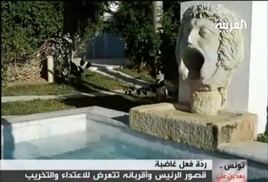 Who knows what intrigued the First Lady.
Who knows what intrigued the First Lady.
The International Council of Museums is watching developments in Tunisia, but with perhaps less concern than Egypt. Again quoting The Art Newspaper:
According to Julien Anfruns, the director general of the International Council of Museums (ICOM), several international archaeologists and curators are currently in Tunisia surveying potential damage to objects as well as drawing up revised inventories for the country’s museums. Despite the violence, which according to a United Nations mission saw 219 people killed and 510 injured, museums have for the most part remained well protected. “People there are very understanding of the importance of the preservation of these museums,” said Anfruns.
So far, little of this has been covered in the West. But The Art Newspaper’s article says:
Evidence of pillaging by the Ben Alis has been well documented on several news channels, including one segment that aired on the Middle East-based Al Arabiya in January. The clip shows [above] the home of Ben Ali’s daughter, Sakhr El Matri, revealing antiquities and ancient statues perched in the foyer and next to the swimming pool of her oceanfront villa. In the aftermath of the uprising, crowds reportedly descended upon several of the Ben Ali houses to tour the premises. A handful of the sprawling properties’ walls were tagged with graffiti including one that read: “This property is now a national museum for the Tunisian people.”
Photo Credit: Courtesy of Al Arabiya via The Art Newspaper (bottom)

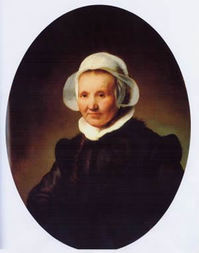 Given
Given 
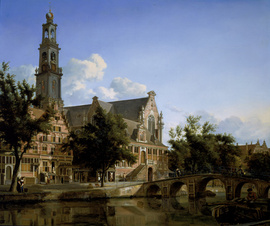
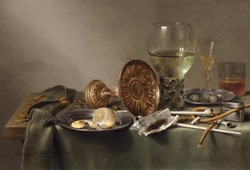
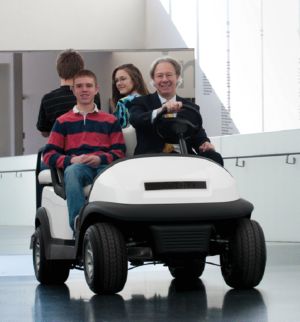 But N-A director Julián Zugazagoitia has already taken one of the carts for a spin (presumably he won’t be doing the driving on a regular basis; also, presumably, the riders won’t be as young as they are in this picture).
But N-A director Julián Zugazagoitia has already taken one of the carts for a spin (presumably he won’t be doing the driving on a regular basis; also, presumably, the riders won’t be as young as they are in this picture).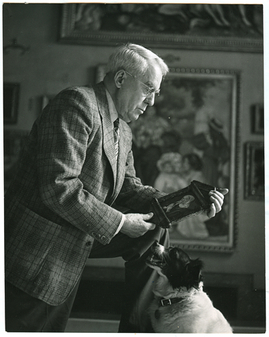 The petition was filed by Attorney Samuel C. Stretton, who appeared at the
The petition was filed by Attorney Samuel C. Stretton, who appeared at the